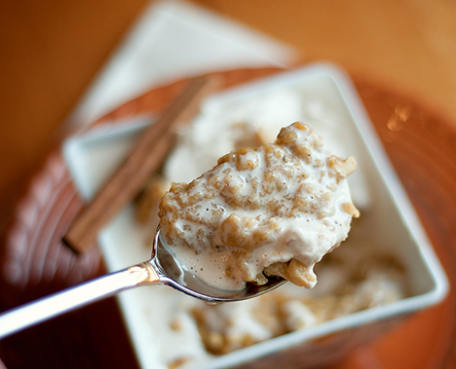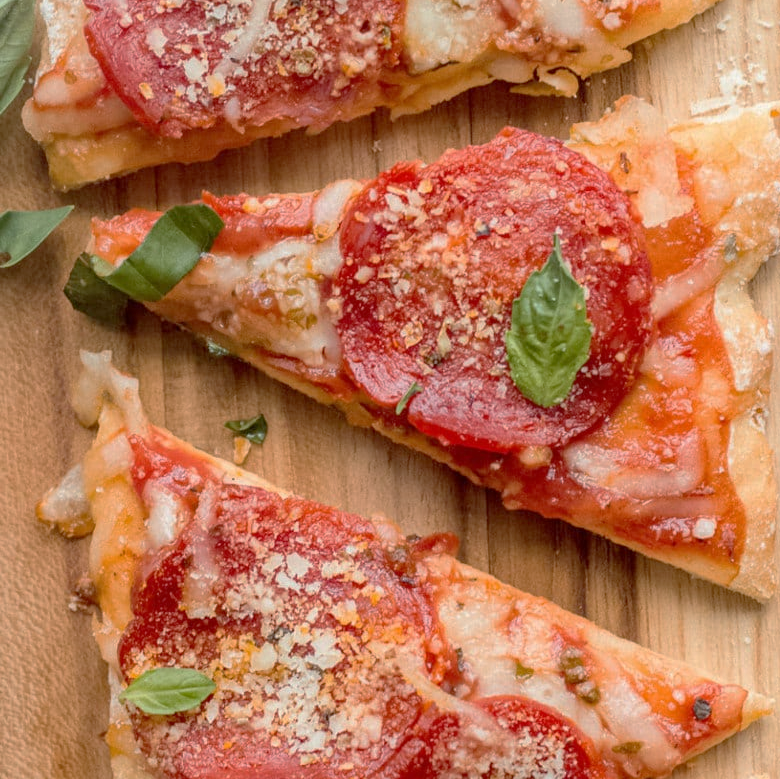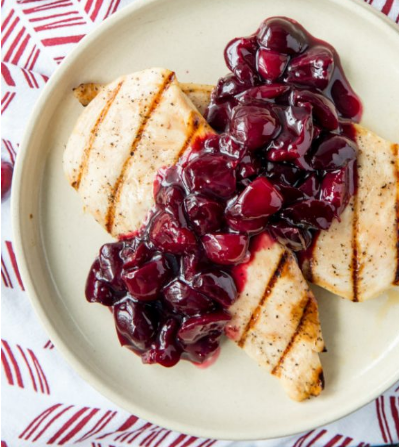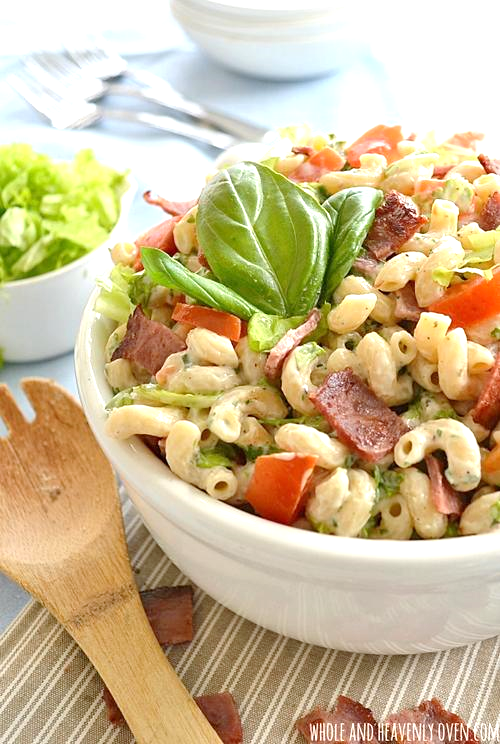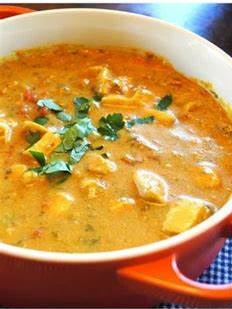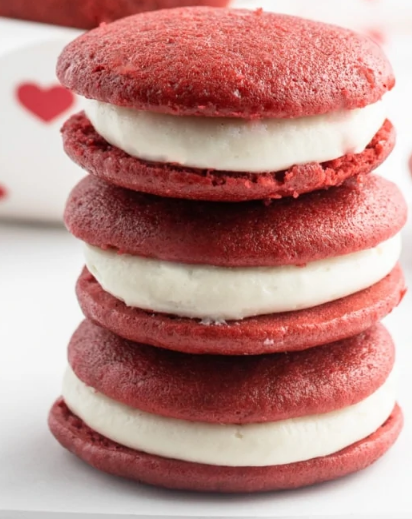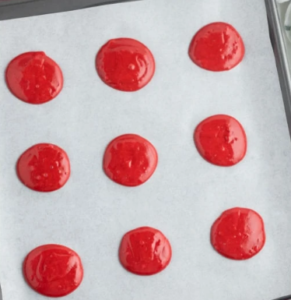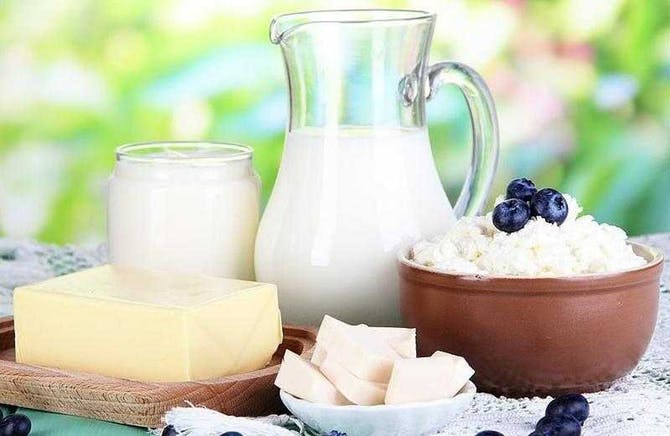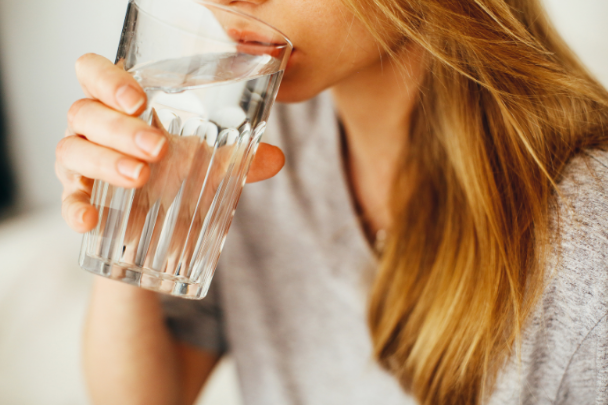Are you looking for some quick breakfast idea?
Do you think that healthy and well-balanced breakfasts are time-consuming?
written by Ms Weronika Kordjaka, updated by Ms Rowinda Dimech
To start with and answer the above question ‘not anything alike’! This recipe is full of fiber for optimum intestinal function, vitamins and minerals to help you boost your energy when you wake up. So here, is a recipe for super healthy, quick and drool worthy breakfast!
Ingredients:
- 50 g old-fashioned rolled oats
- 1 cup of milk
- 1 medium apple
- 1 tablespoon of peanut butter
- 1 tablespoon of ground cinnamon
Method:
- Prepare saucepan. Combine milk and oats, than bring to a boil.
- Simmer uncovered for about 5 minutes until thickened and remove from heat.
- Transfer porridge into bowl.
- Peel the apple and chop into slices, add to bowl.
- Garnish with peanut butter and sprinkle with cinnamon.
Oatmeal may sound a bit boring, but trust me there are thousands of ways to prepare it! You may add different kind of fruits, nuts, sesame or honey for more sweetness. You can also prepare bake oatmeal, especially when you are dieting and experience strong sweet cravings. This recipe will help you feel full and satisfied, so you don’t have to be worried about being ‘forced’ to buy junk food on your way to work. Let me know what you think of this healthy breakfast. Leave me your comments below. If, you would like more of these recipe you can order our recipe book. It contains 50 low calorie recipes all with nutritional information 🙂

